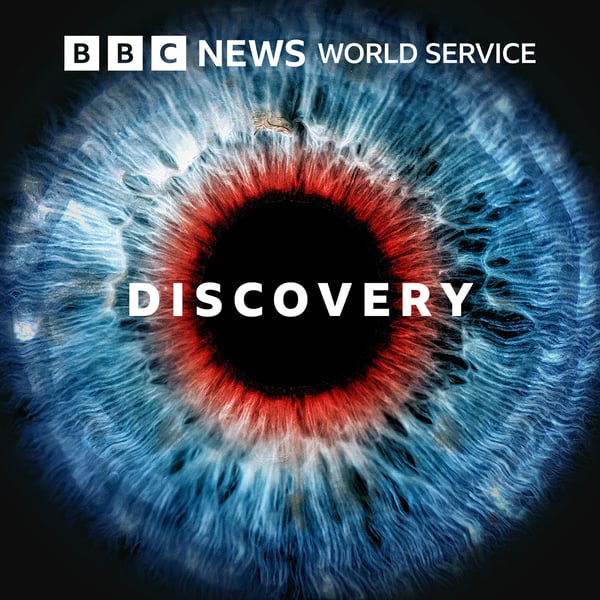Summary
In Bristol in 1799, a young man started to experiment with newly discovered gases, looking for a cure for tuberculosis. Humphry Davy, aged 20, nearly killed himself inhaling carbon monoxide. Nitrous oxide was next. It was highly pleasurable, ‘particularly in the chest and extremities’ and he began to dance around his laboratory ‘like a madman’, before passing out. By day, he gave the gas to patients, carefully noting their reactions. In the evenings, he invited his friends over to have a laugh (with assistants on standby to revive them with oxygen, as needed). The Romantic poets, Robert Southey and Samuel Taylor Coleridge could barely contain their excitement. During one session, Davy noted that the gas numbed his toothache and suggested that it could perhaps be used during surgical operations. But it was another fifty years before nitrous oxide was used by doctors. Throughout the 20th century, it was widely used during dentistry and to numb the pain of childbirth. (Nitrous oxide is the gas in ‘gas and air’: the ‘air’ is oxygen) .And it still is today, but less so. (It’s a potent greenhouse gas that damages the ozone layer, it’s difficult to store and there are side-effects). But, just as medical use is diminishing, recreational use is on the rise. A new generation of pleasure seekers have started experimenting, just as Davy did, despite the associated risks of injuries caused by fainting and death by suffocation. Naomi Alderman tells how a gas that created ‘ecstatic lunatics’ came to be used as an anaesthetic, with help from biographer, Richard Holmes and anaesthetist, Kevin Fong.
Picture: Humphry Davy and Anaesthesia, Credit: Science Photo Library
Transcript
Click on a timestamp to play from that location
| 0:00.0 | Just before this BBC podcast gets underway, here's something you may not know. |
| 0:04.7 | My name's Linda Davies and I Commission Podcasts for BBC Sounds. |
| 0:08.5 | As you'd expect, at the BBC we make podcasts of the very highest quality featuring the most knowledgeable experts and genuinely engaging voices. |
| 0:18.0 | What you may not know is that the BBC makes podcasts about all kinds of things like pop stars, |
| 0:24.6 | poltergeist, cricket, and conspiracy theories and that's just a few examples. |
| 0:29.7 | If you'd like to discover something a little bit unexpected, find your next podcast over at BBC Sounds. |
| 0:36.0 | This is the BBC. |
| 0:40.0 | You're listening to Discovery on the BBC World Service and I'm Naomi Alderman. |
| 0:45.2 | Today's science story is about a gas that makes you laugh. |
| 0:49.0 | In April 1799, a bold and curious scientist decided to conduct an experiment on the effects of gases on the human body. |
| 1:05.3 | Two assistants watched as he used a contraption with a silk face mask and wooden mouthpiece |
| 1:11.6 | to methodically inhale four quarts of pure hydrocarbonate. |
| 1:17.2 | After the third quart he collapsed, one of his lab assistants gave him oxygen and helped him to bed, where he vomited and suffered excruciating pain. |
| 1:28.0 | It's not that surprising. |
| 1:31.0 | A hydrocarbonate is the 18th century name for carbon monoxide. |
| 1:36.5 | The young man, he'd only just turned 20, was lucky to escape with his life. |
| 1:42.4 | Still, within a week he was back in the lab, |
| 1:46.0 | face mask on, inhaling gases and waiting to see what happened next. |
| 1:53.0 | This is the story of how, |
| 1:55.0 | through a series of incredibly dangerous experiments on himself, |
| 2:00.0 | Humphrey Davy discovered the effects of nitrous oxide. |
| 2:04.6 | Also known as laughing gas. |
... |
Please login to see the full transcript.
Disclaimer: The podcast and artwork embedded on this page are from BBC, and are the property of its owner and not affiliated with or endorsed by Tapesearch.
Generated transcripts are the property of BBC and are distributed freely under the Fair Use doctrine. Transcripts generated by Tapesearch are not guaranteed to be accurate.
Copyright © Tapesearch 2025.

